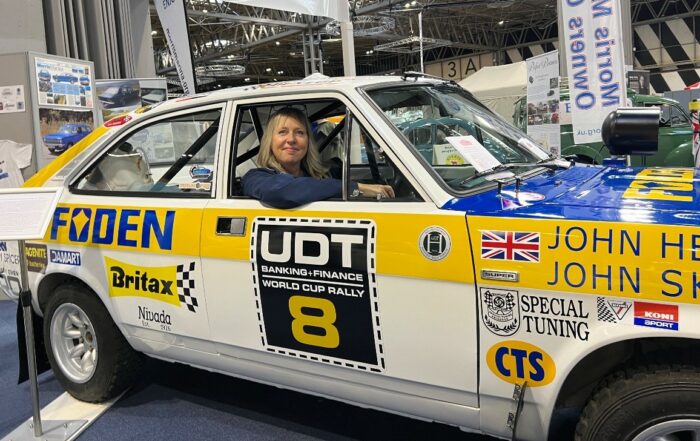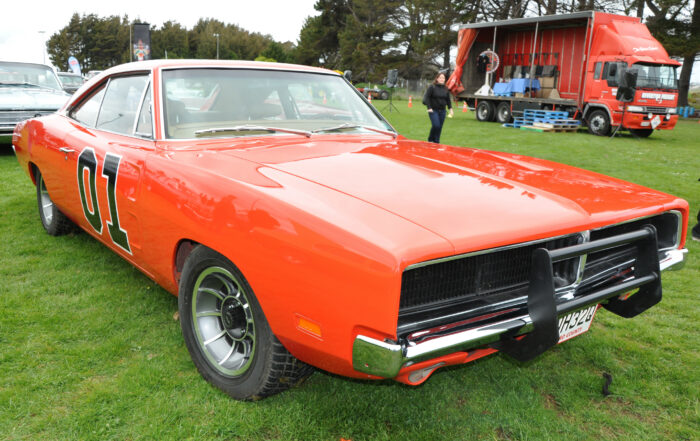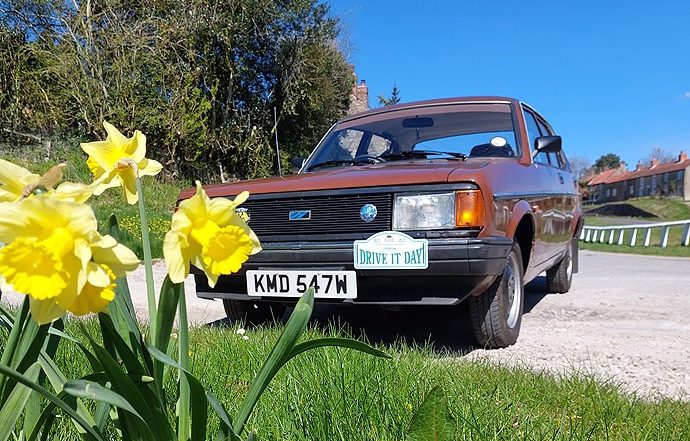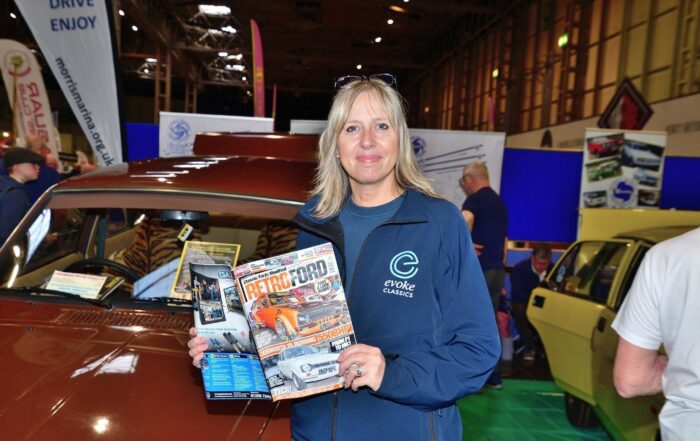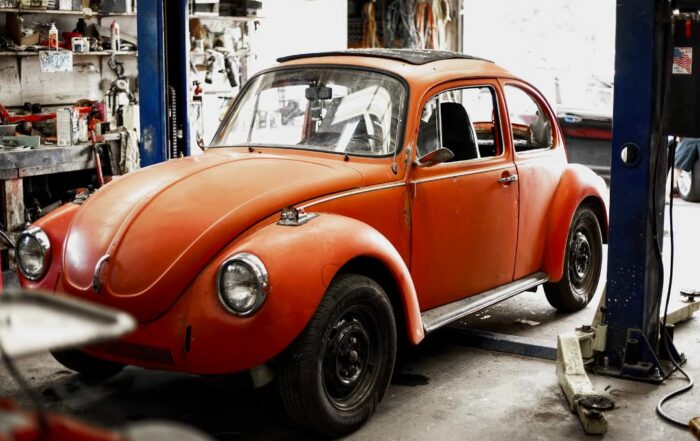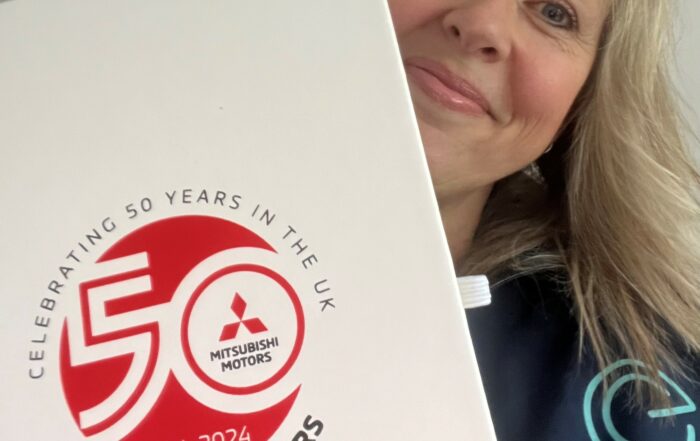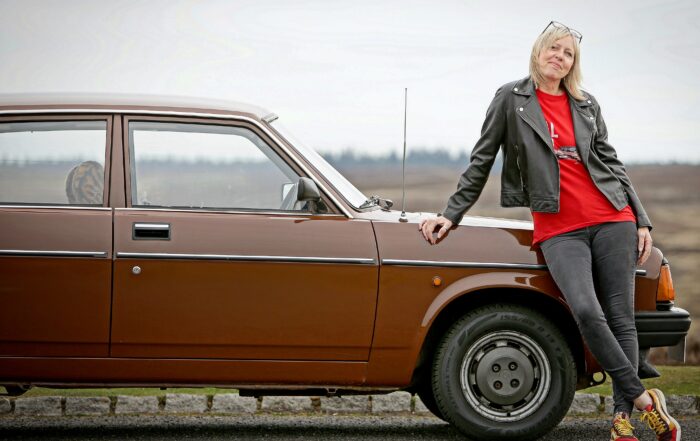Guest writer: Nina Sumner
Learning basic restoration skills – anyone can do it!
We all love those classic car restoration shows on TV, but if there’s one thing they have in common, it is this: People seldom restore classics for profit. With the average resto taking 500 hours and professional restorers charging anything from £40 to £100 per hour, labour alone will cost tens of thousands. That’s before you factor in the cost of parts, paint and, of course, the initial purchase price of your project.
If you can do the work yourself – or even some of it – you can drastically reduce the costs. Make no mistake, restoring a classic will always be a labour of love, in which the heart overrules the head. But performing the spannerwork yourself, and maybe even working on the welding, makes the end result even more personal and special.
Invest in an education
Enthusiasm and a childhood spent helping a parent or elder siblings tinker with old cars is a great starting point. That, combined with a workshop manual and the wonders of the internet, will certainly help you tackle mechanical tasks like getting the engine running, replacing suspension and brake components and so on. But we all know that’s only part of the story.
The biggest challenge in any project is rust. Old cars rot for fun, and welding is a specialist skill. Poor welding doesn’t just look bad, it can have serious safety implications, especially if it’s in structural areas, or around seat belt anchors or suspension mounts. You have two choices here. Welding academies run professional courses and you will emerge with a City and Guilds in Welding Skills. With that, you could even turn your hobby into a business.
Alternatively, an increasing number of skilled welders are starting to offer 1-1 tuition as a sideline. This can be a cost-effective alternative, but keep your wits about you. As in every area of life, there is a minority of charlatans out there, so do a few background checks on anyone claiming to offer private welding tuition. Properly follow up recommendations if it is not someone you know personally.
Good equipment and facilities are a must
We all dream of having a fully equipped professional workshop in the back garden, and for most of us that remains a dream. But at the same time, it’s neither fun nor practical trying to restore a classic on your driveway.
You at least need a garage that’s large enough for you to get all around the car in safety and comfort. That includes getting underneath it. Two post lifts start at about £1,800. An inspection pit can be yours for about £300 if you do the work yourself. There are several inspiring videos on YouTube that are worth watching.
As for other equipment, start with the basics, like combination spanners, sockets, pliers, screwdrivers and so on. Spending more on good quality is a worthwhile investment, as they will literally last a lifetime. Some of the tools I regularly use belonged to my grandfather and are older than I am! Buy other tools as and when you need them. A word to the wise, don’t try to improvise specialist tools like spring compressors – it’s not worth a visit to Accident and Emergency, or worse.
Choose the easiest starting point
Understood, sometimes the heart really rules the head, and your restoration project is a car with sentimental value. My 1973 Hillman Avenger is a case in point. But if you are actively looking to buy a project, ideally choose something with plentiful parts availability and good club support. Morris Minor, MGB, Ford Escort, Mini, Triumph Spitfire are just a few examples that spring to mind.
Secondly, cars like these are still in relatively plentiful supply, so you can be choosy. Spending a little more on something that is basically sound but needs recommissioning makes for a more enjoyable experience than buying a basket case where rot has set in or an “abandoned project” that amounts to a pile of bits in the corner of someone’s garage. That’s especially the case if you are tackling your first resto.
Finally, don’t feel that you have to do it all. We’ve already mentioned welding, but also painting and trimming work demand experience and specialist skills. They are also areas that can make or break the end result, and even professional restorers often outsource these tasks to specialists.
Nina Sumner is our guest writer.
Nina blends her teaching expertise and journalistic savvy to craft stories that resonate deeply and educate effectively. With a career that spans the dynamics of classrooms and the buzz of newsrooms, she brings authenticity and a rich understanding to her writing. Guiding young writers and engaging readers, Nina’s approach is hands-on and heart-led. Her work embodies the convergence of knowledge and narrative, proving that with the right mix of curiosity and compassion, words can truly make a world of difference.
Do you have relevant content that aligns with our love for classics, do you want to reach the fastest growing classic community online? If so please get in contact with your articles, videos, or other forms of content as we are committed to promoting and celebrating the skills of all enthusiasts on our platform. Just drop us a mail: team@evoke-classics.com and we’ll be in touch.
